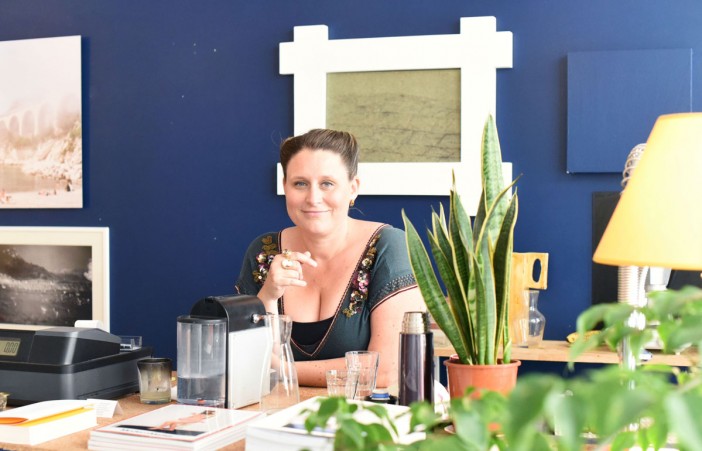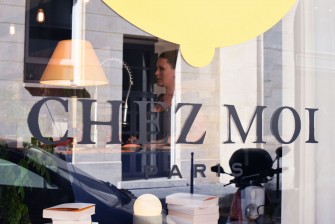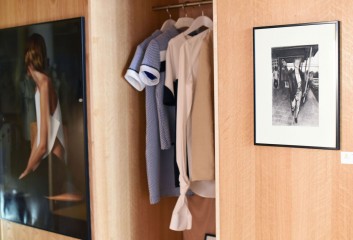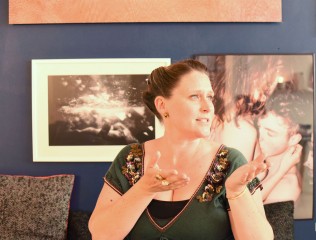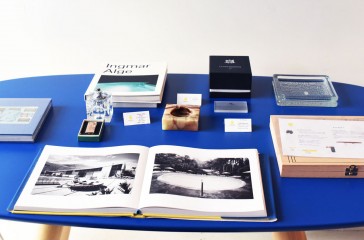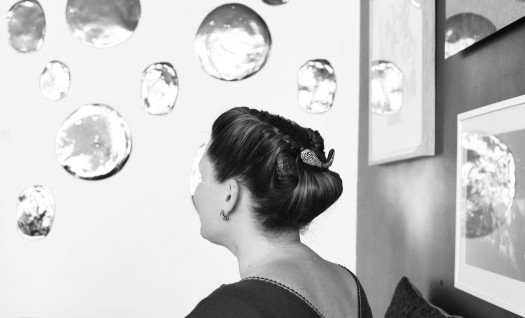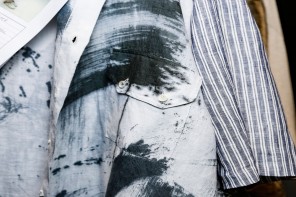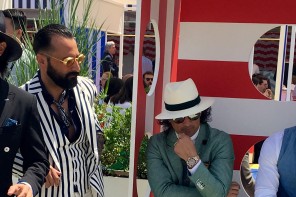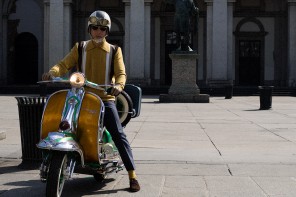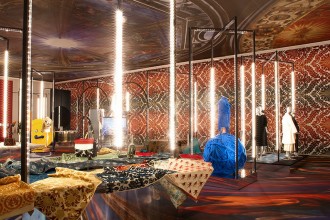At Paris’ eclectic design boutique Chez Moi, BACO’s Marianne Dorell discusses the future of the luxury industry with Jessica Michault, editor in chief of online magazine NOWFASHION and the biannual fashion bible Magazine Antidote.
Q & A:
The fashion landscape is rapidly changing – with fashion weeks from Nairobi to Tbilisi garnering international attention. How does Paris weigh, in terms of of prominence, compared to other fashion capitals?
There is no question that Paris is still the place to be and to get noticed when you are a designer. When you want to show you’ve made it, you come to Paris. It’s the place where you bring your “A game.” London is known as a hub for the young and up-and-coming designers. Paris is where you show that you have matured enough, and that you have gained enough depth and richness in your creativity — so much so that you can maintain yourself in Paris. You can be flashy in London and get that early buzz, but if you want to go the last the distance, you’ve got to come to Paris.
In her “Anti-Fashion Manifesto,” Li Edelkoort writes that fashion is getting more and more commercial and that in a certain way, it’s dead. But she also points out that this could be good news, as a rebirth may be on the horizon. Do you agree with her point of view?
Yes, you can feel this commercial aspect more and more, especially this last season. The croisiere collections have, for instance, become more prominent among the big brands. Due to the increasing power of the social media, the brouhaha around the show is more eye- catching than ever. For example, I think of the Dior Hommes show that featured an orchestra, or the Valentino one with the Zoolander characters [Ben Stiller and Owen Wilson]… You are seeing more of the commercial side, as the fashion shows strive to propose events, moments and happenings that everyone can Instagram, Twitter, Snapchat etc… But on the other hand, we are seeing people who desire more individuality and a more authentic experience through their clothes.
They want to know if they are sustainable and from where the different pieces come from. More than ever, they want to meet the artist and they want to create something together, … The concept of logo, logo, it bag, it bag, has certainly faded away.
Li Edelkoort also points out that fashion schools are teaching their students how to organize a big fashion show, with a great soundtrack et all, but they are not really teaching them how to instill a sense of know-how into their brand. Do you think the French savoir-faire is still alive in Paris or is it threatened ?
I think that Paris is all about savoir-faire. It’s part of the DNA of this country, like in Italy. The luxury brands are contributing to perpetuate this savoir-faire. The perfect example would be Chanel, which basically saved a lot of small houses by putting their work under the spotlight with the Chanel Métiers d’Art show.
Is there still a place for fashion journalism, in your opinion?
The hardest thing for a fashion journalist today, is the shortened attention span of the younger generation.
I come from the International Herald Tribune where we were already slicing down big stories into a 1000 words max. I learned how to condense my articles and to quickly offer the information to the reader. People want to bitesize quick and understand fast. It makes you work harder, because you have to tailor to this new kind of reading.
I worry about the monthly magazine. They can’t be about news unless they get an exclusive. Weekly publications are more preserved. But I think there is still a place for bi-annual magazines that have a deeper, richer and more in-depth treatment of the subject.
How do you see your role as a fashion journalist and as a fashion critic?
It is difficult to criticize someone before you’ve seen where he is going.
Being a fashion critic is more about the context of a collection, the evolution of the designer’s work, his or her references to other creatives, how well it is executed, how the message came across…
When you look at the concrete catwalk, with people being given clothes to wear, it kind of deludes the point of personal expression through clothing. If you’re wearing head-to-toe Valentino because they gave you the outfit, you’ll look fabulous, but it will not say something about who you are or your point of view on fashion. At least not so much and that’s a bit of a shame. I love the eccentrics — those people who put together their own looks.
For me the best thing about being a fashion journalist is finding those diamonds in the rough. I love finding these young designers and being able to offer them a platform like NOWFASHION.
How did you break into fashion in Paris ? When I first started working as Suzy Menkes as her assistant in Paris, for the International Herald Tribune, I didn’t know anything about fashion. I went to a couple of shows with her and they didn’t do anything for me. Then, I went to see this young designer, who was totally unknown at the time. It was Guy Laroche’s show and the young designer’s name was Alber Elbaz. It just knocked me for a loop. I fell completely in love with what he created, the clothes, the mise en scène, the emotion he provoked. This is certainly one of my strongest memories. It has been wonderful to see this person mature into this amazing talent. That first show made me understand what fashion could be at its best and how clothes can affect us..
TO READ JESSICA MICHAULT’s runway reviews, go to:
To visti Chez moi, go to: 25 Rue Hérold, 75001 Paris
www.chezmoiparis.com


